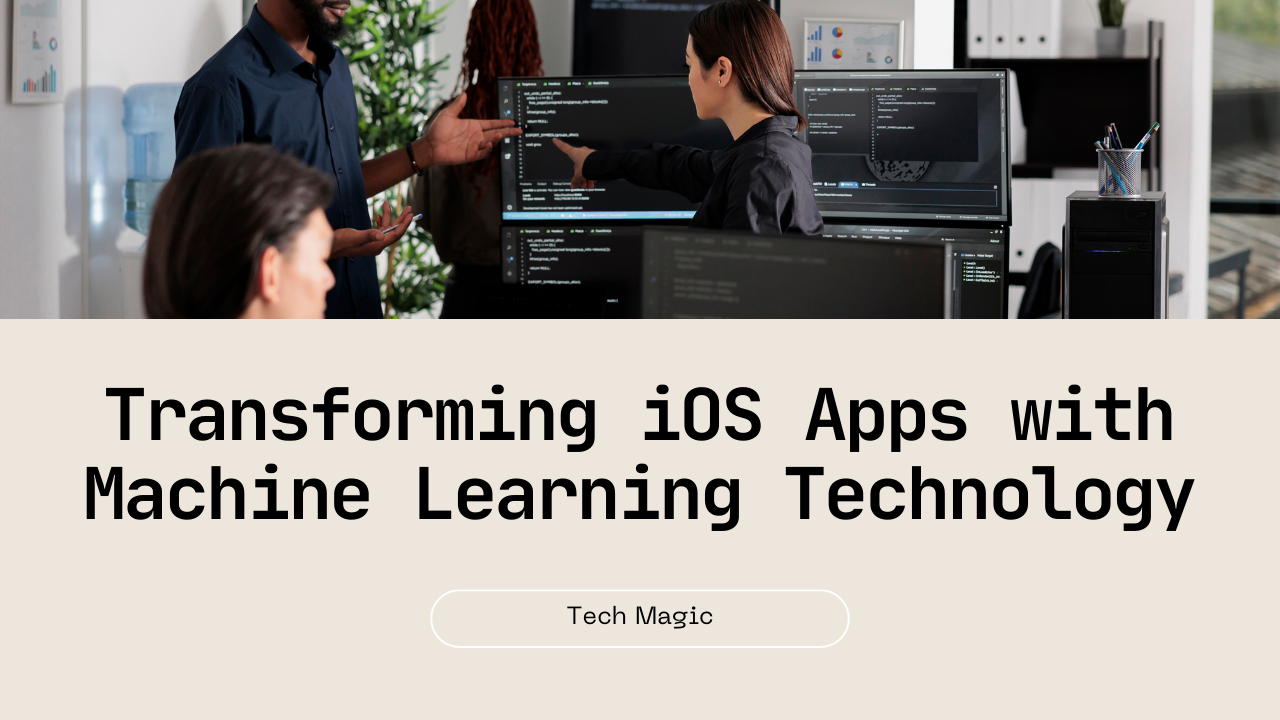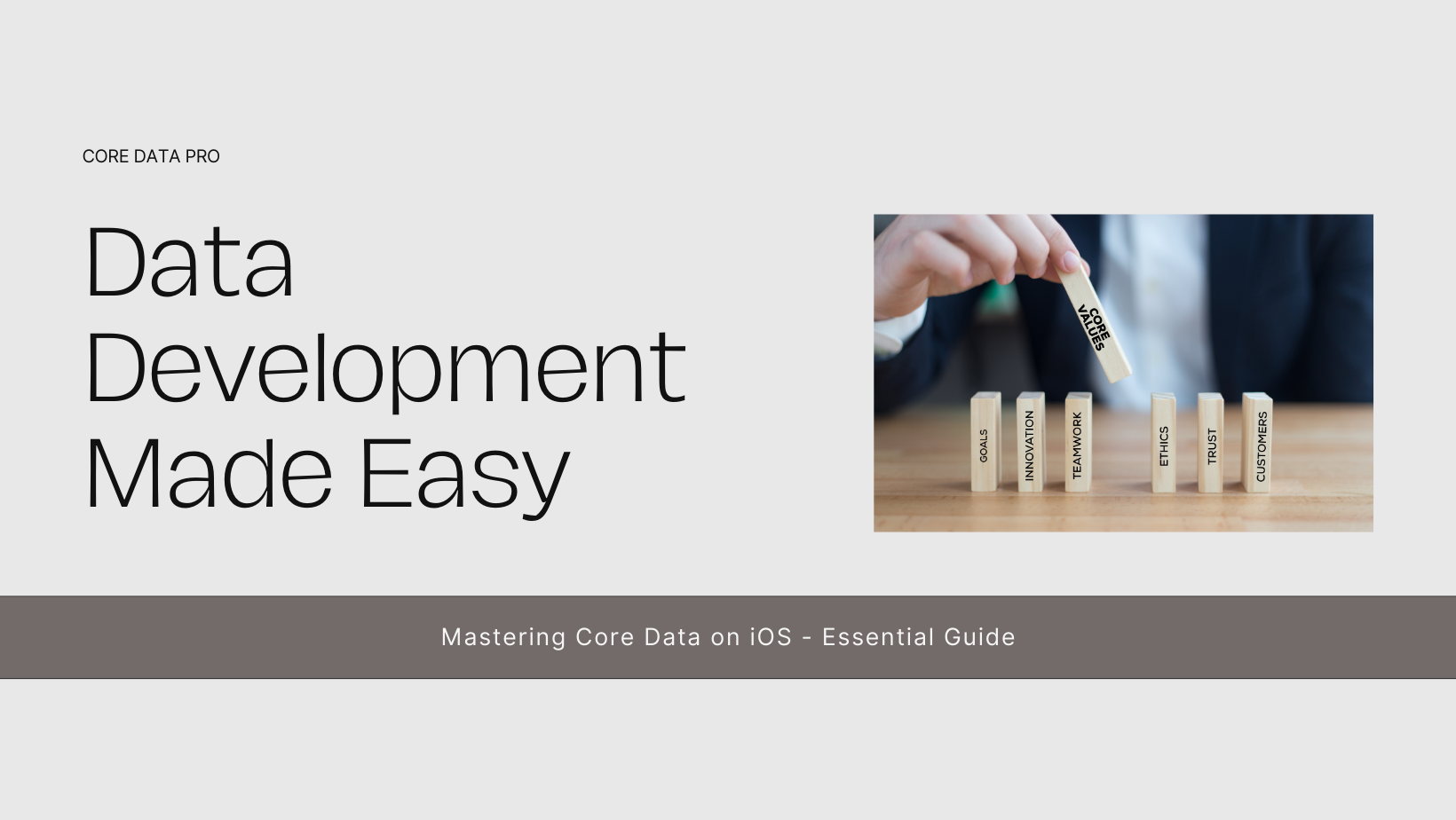Machine learning (ML) is revolutionizing the way we interact with technology. By enabling systems to learn from data and improve over time, ML is transforming industries and enhancing user experiences across various platforms. iOS apps, in particular, have seen significant advancements due to the integration of machine learning. This comprehensive guide explores the role of machine learning in iOS apps, its benefits, and best practices for leveraging this technology to create innovative and user-friendly applications.
Understanding Machine Learning
Machine learning is a subset of artificial intelligence (AI) that involves training algorithms to make predictions or decisions based on data. Unlike traditional programming, where explicit instructions are provided, machine learning models learn patterns and relationships from data to perform specific tasks.
Key concepts in machine learning include:
- Supervised Learning: Training models on labeled data, where the input-output pairs are known. Examples include classification and regression tasks.
- Unsupervised Learning: Identifying patterns and structures in unlabeled data. Examples include clustering and anomaly detection.
- Reinforcement Learning: Training models to make a sequence of decisions by rewarding positive outcomes and penalizing negative ones.
Machine learning in iOS apps typically involves using frameworks like Core ML, Apple’s powerful ML framework that simplifies the integration of trained models into iOS applications.
Benefits of Machine Learning in iOS Apps
The integration of machine learning in iOS apps offers numerous benefits, enhancing both user experience and app functionality. Here are some key advantages:
- Personalization: Machine learning enables apps to provide personalized experiences by analyzing user behavior and preferences. For example, music streaming apps can recommend songs based on listening history, and shopping apps can suggest products based on previous purchases.
- Enhanced User Engagement: ML-powered features like personalized recommendations, voice assistants, and image recognition can significantly enhance user engagement, making apps more interactive and user-friendly.
- Improved Efficiency: Machine learning can automate various tasks, such as categorizing emails, detecting spam, and recognizing speech, thereby improving app efficiency and user productivity.
- Real-time Insights: ML models can analyze real-time data to provide instant insights and predictions. For instance, fitness apps can track users’ activities and provide real-time feedback on their performance.
- Security and Fraud Detection: Machine learning algorithms can detect unusual patterns and activities, helping to identify and prevent fraud in real-time. This is particularly useful in finance and banking apps.
Use Cases of Machine Learning in iOS Apps
Machine learning can be applied to a wide range of use cases in iOS apps, transforming the way users interact with their devices. Here are some notable examples:
- Natural Language Processing (NLP): NLP enables apps to understand and process human language. Examples include voice assistants like Siri, language translation apps, and chatbots that provide customer support.
- Image and Video Recognition: ML-powered image and video recognition can be used in various applications, such as photo editing apps that apply filters based on image content, security apps that recognize faces, and augmented reality (AR) apps that identify objects in real-time.
- Recommendation Systems: Personalized recommendation systems enhance user experience by suggesting content, products, or services based on user preferences. Examples include movie recommendation apps, news aggregators, and e-commerce platforms.
- Predictive Analytics: Predictive analytics uses historical data to forecast future events. For example, weather apps can provide accurate forecasts, and financial apps can predict stock market trends.
- Health and Fitness Tracking: ML models can analyze health data to provide insights and recommendations. Fitness apps can track users’ activities, monitor their health metrics, and suggest personalized workout plans.
Leveraging Core ML for iOS App Development
Apple’s Core ML framework simplifies the integration of machine learning models into iOS apps. Core ML supports various model types, including neural networks, tree ensembles, and support vector machines. Here’s how to leverage Core ML for iOS app development:
- Choosing the Right Model: Select a pre-trained model that fits your app’s requirements. Apple provides a collection of pre-trained models in the Core ML Model Gallery, covering various tasks such as image classification, object detection, and natural language processing.
- Converting Models: If you have a custom-trained model, convert it to Core ML format (.mlmodel) using tools like Core ML Tools or TensorFlow Lite. This step ensures compatibility with the Core ML framework.
- Integrating the Model: Add the Core ML model to your Xcode project. Xcode automatically generates a Swift class for the model, making it easy to use within your app.
-
- Testing and Optimizing: Test your app to ensure the ML model performs as expected. Optimize the model’s performance by pruning unnecessary layers, quantizing weights, and reducing input dimensions.
Best Practices for Integrating Machine Learning
To effectively integrate machine learning into your iOS app, consider the following best practices:
- Understand the Problem: Clearly define the problem you are trying to solve with machine learning. Ensure that ML is the right solution and that you have sufficient data to train a model.
- Choose the Right Model: Select a model that aligns with your app’s requirements. Consider factors like accuracy, speed, and model size.
- Optimize for Performance: Optimize your ML models for performance and efficiency. Reduce model size, use efficient algorithms, and leverage hardware acceleration where possible.
- Ensure Privacy and Security: Protect user data by adhering to privacy regulations and implementing security best practices. Use on-device ML whenever possible to minimize data transmission.
- Monitor and Update Models: Continuously monitor the performance of your ML models and update them as needed. Retrain models with new data to improve accuracy and adapt to changing user behaviors.
- Provide Clear Feedback: Offer clear and transparent feedback to users when ML is involved in decision-making. This helps build trust and enhances user experience.
Future Trends in Machine Learning for iOS Apps
As machine learning technology continues to evolve, new trends and advancements are emerging in the iOS app development landscape. Here are some future trends to watch:
- On-Device Machine Learning: On-device ML allows models to run directly on the user’s device, reducing latency and enhancing privacy. Apple’s Core ML and Create ML frameworks are driving this trend by making it easier to deploy ML models on iOS devices.
- Edge AI: Edge AI refers to processing data and running ML models on edge devices, such as smartphones and IoT devices, rather than relying on cloud-based servers. This trend is gaining traction due to its ability to provide real-time insights and reduce data transmission costs.
- AutoML: AutoML (Automated Machine Learning) tools simplify the process of training and deploying ML models by automating tasks like feature selection, model selection, and hyperparameter tuning. This democratizes ML development and makes it accessible to a broader audience.
- Explainable AI: Explainable AI focuses on making ML models more transparent and understandable. This trend is crucial for building user trust and ensuring ethical AI practices.
- Augmented Reality (AR) and ML Integration: The integration of AR and ML is creating new possibilities for interactive and immersive experiences. For example, AR apps can use ML for object recognition, gesture detection, and real-time environment mapping.
Conclusion
The role of machine learning in iOS apps is rapidly expanding, offering developers new opportunities to create innovative and user-friendly applications. By leveraging frameworks like Core ML, developers can integrate powerful ML models into their apps, enhancing personalization, engagement, and efficiency. Following best practices and staying informed about emerging trends will help you harness the full potential of machine learning in your iOS app development projects. Embrace this transformative technology to deliver exceptional experiences to your users and stay ahead in the competitive app market.







